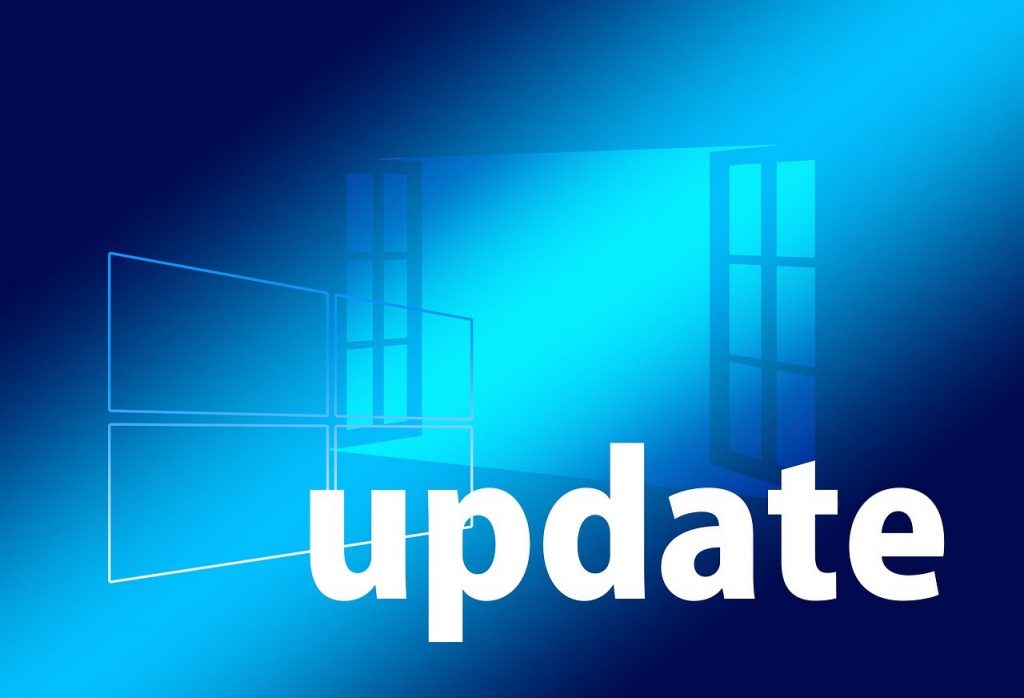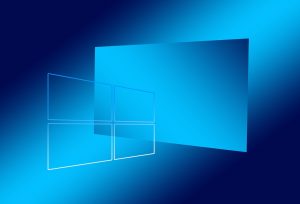Choosing the Right Operating System for Your Needs

Selecting the right operating system (OS) for your computer or device is an important decision that can have significant impacts on your user experience and productivity. With the variety of options available today, from Windows and MacOS to Linux and ChromeOS, making the optimal choice may seem challenging. However, by carefully assessing your individual needs and intended computer uses, you can determine which platform is best suited for you. This essay will guide you through the key considerations and tradeoffs involved in picking your OS.
Personal vs Professional Use
One of the first things to think about is whether you will use your computer for predominantly personal tasks like social media, web browsing, basic document editing, entertainment, etc., or if you will rely on it heavily for professional work.
For general home use, the simplicity and user-friendly nature of Windows and MacOS make them good choices for most average users. Familiar interfaces, easy installation of new software, seamless peripheral connectivity, and strong app ecosystems give these mainstream consumer-grade operating systems versatility across a range of leisure activities. Integrated utilities for tasks like media viewing, casual gaming, and basic image editing enhance convenience further.
Meanwhile, if you need an OS for intensive business or creative applications, specialized tools and advanced customization options make platforms like MacOS and Linux preferable. MacOS offers turnkey support for multimedia production through Apple’s Pro apps suite. Linux provides unparalleled control over system resources and parameters to boost performance when running data science workflows, computer simulations, game development engines, etc.
Hardware Compatibility
Available device driver support and hardware integration are other pivotal OS selection factors. Windows has an edge here due to its extensive third-party driver library and broad vendor partnerships enabling certified compatibility across laptops, desktops and mobile devices from many manufacturers. From high-end gaming PCs to enterprise workstations and servers, Windows can leverage an immense variety of accessories and peripherals.
MacOS and ChromeOS only officially operate on Apple and Google first-party hardware respectively. So your choice of OS inherently limits your computer and component alternatives unless you attempt difficult Hackintosh installations. Nonetheless, by restricting hardware permutations, Apple and Google can meticulously tune OS-device interoperability for fluid responsive interfaces. This tradeoff favors seamlessness over flexibility.
Linux permits installation on myriad equipment, but configuring some exotic accessories like specialty sensors, instruments or industrial IoT devices may demand expert technical skills. So while Linux itself has wide device support, fully capitalizing on this versatility has a learning curve.
Interface and Ease of Use
For novice users, Windows, ChromeOS and MacOS are the most accessible options because their designs prioritize usability. These platforms offer graphical desktops with intuitive navigation via menus, system trays, launchpads/start menus and file explorers rather than solely relying on command lines. Automated updates keep drivers and software current with minimal manual intervention. Getting started guide prompts and contextual help resources provide assistance for newbies.
Linux and Unix have steeper initial mastery curves stemming from their legacy as operating systems built by developers for developers. Expect to invest some effort upfront getting comfortable with shell commands, manually installing programs, editing configuration text files instead of using menu tools, etc. But for intermediate and advanced users willing to learn, this control enables extensive fine-tuning.
Security and Privacy
With cyberthreats growing globally, evaluating each OS’s defenses is prudent today. Linux’s open-source transparency allows world-class security researchers to rapidly identify and patch vulnerabilities. Though no OS is impregnable, this community scrutiny makes Linux the most secured option.
MacOS and ChromeOS also lock down their walled garden ecosystems to reduce malware risks. Approving only apps from their official stores limits vectors for exploits. Sandboxing and origin verification provide additional safeguards.
By supporting software from countless independent developers, Windows faces bigger challenges screening programs for dangers before propagation. Its mere market share alone also incentivizes hackers to target it. Not to say Microsoft’s sizable security engineering teams don’t combat these issues. But fundamentally, Windows inherits higher exposure which translates to amplified threats that sophisticated defenses aim to counteract.
For privacy-sensitive applications, Linux and the BSD Unix variants excel owing to their open evaluable code not containing hidden surveillance backdoors. MacOS and ChromeOS still collect user usage statistics by default to customize experiences algorithmically, unless disabled manually. Windows 10 has also sparked controversies over its telemetry collection practices impacting anonymity.
Software Availability
A final consideration is each platform’s native software ecosystem. With Windows’ colossal install base, its application and game catalogue eclipses competitors. From essential productivity programs like Microsoft Office to niche special-interest tools, almost anything you need will support Windows.
MacOS still leads for creative applications like photo, video, and music editors. Linux dominates software for advanced developers and IT professionals including server, containerization and automation tools. Specialist commercial programs for engineering, data science, finance, etc also commonly target Linux for its customizability.
Due to their web/cloud-centric architectures, ChromeOS and tablet OSs like iPadOS have smaller native software libraries relying on web apps to fill gaps. This online dependence limits offline functionality. But their constantly improving browser tech narrows these disadvantages over time.
Conclusion
Evaluating operating systems holistically across all the above decision criteria may seem daunting. But methodically reflecting on your planned computer uses, must-have features, personal preferences and level of technical comfort will guide you towards the right OS choice. Common usage scenarios lend themselves well to either Windows, MacOS, ChromeOS or Linux. Budget machines for basic tasks are fine with ChromeOS or Linux. Windows and MacOS work well for general-purpose home computing. And Linux or MacOS may better serve advanced professional demands.
Overall by taking this structured needs-based approach instead of blindly following marketing hype or peer recommendations, you can confidently select the optimal operating system tailored to your unique objectives. The platform powering your computer should enable your goals rather than restrict you. So invest time upfront to make an informed OS decision that best fits your circumstances to avoid regrets down the road after committing to a system.








